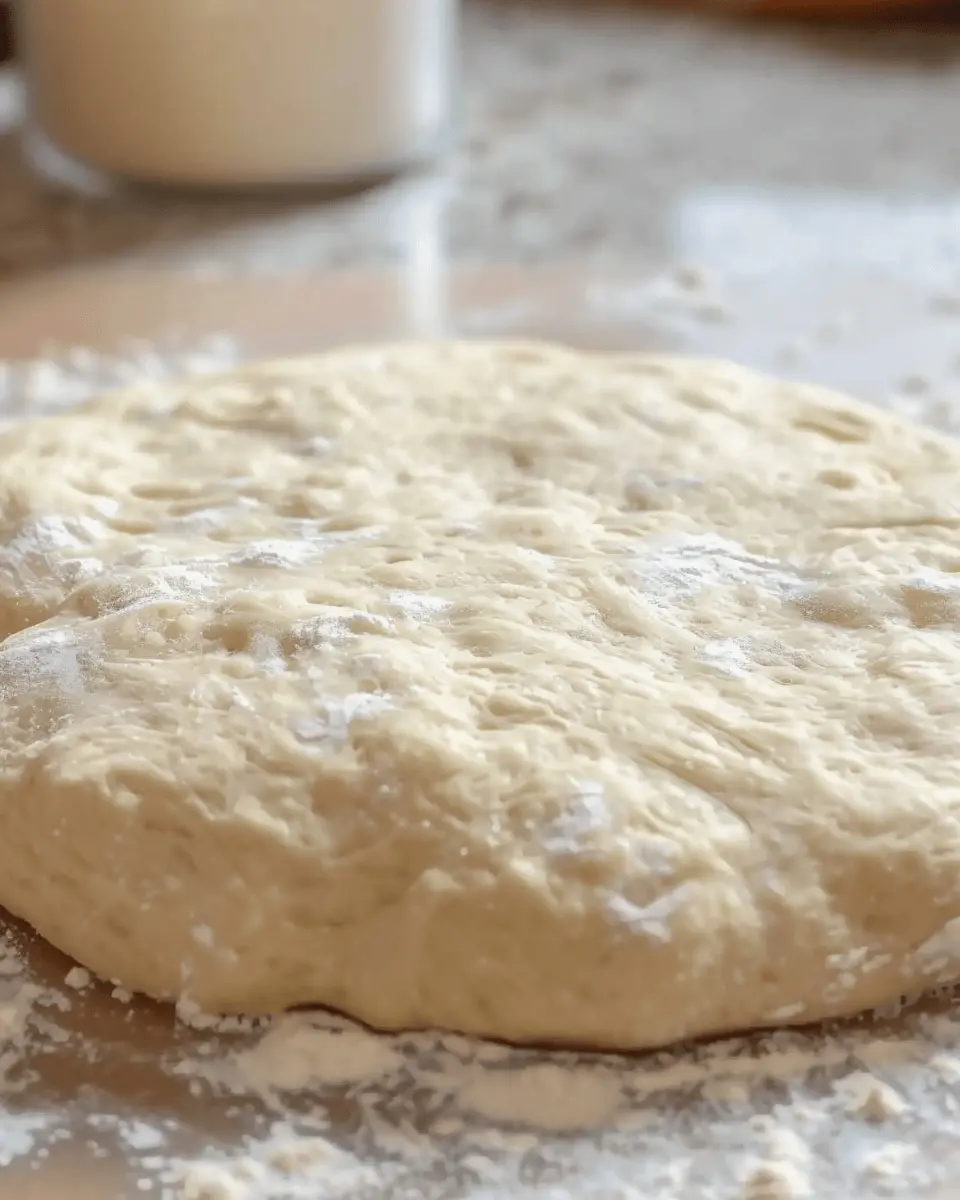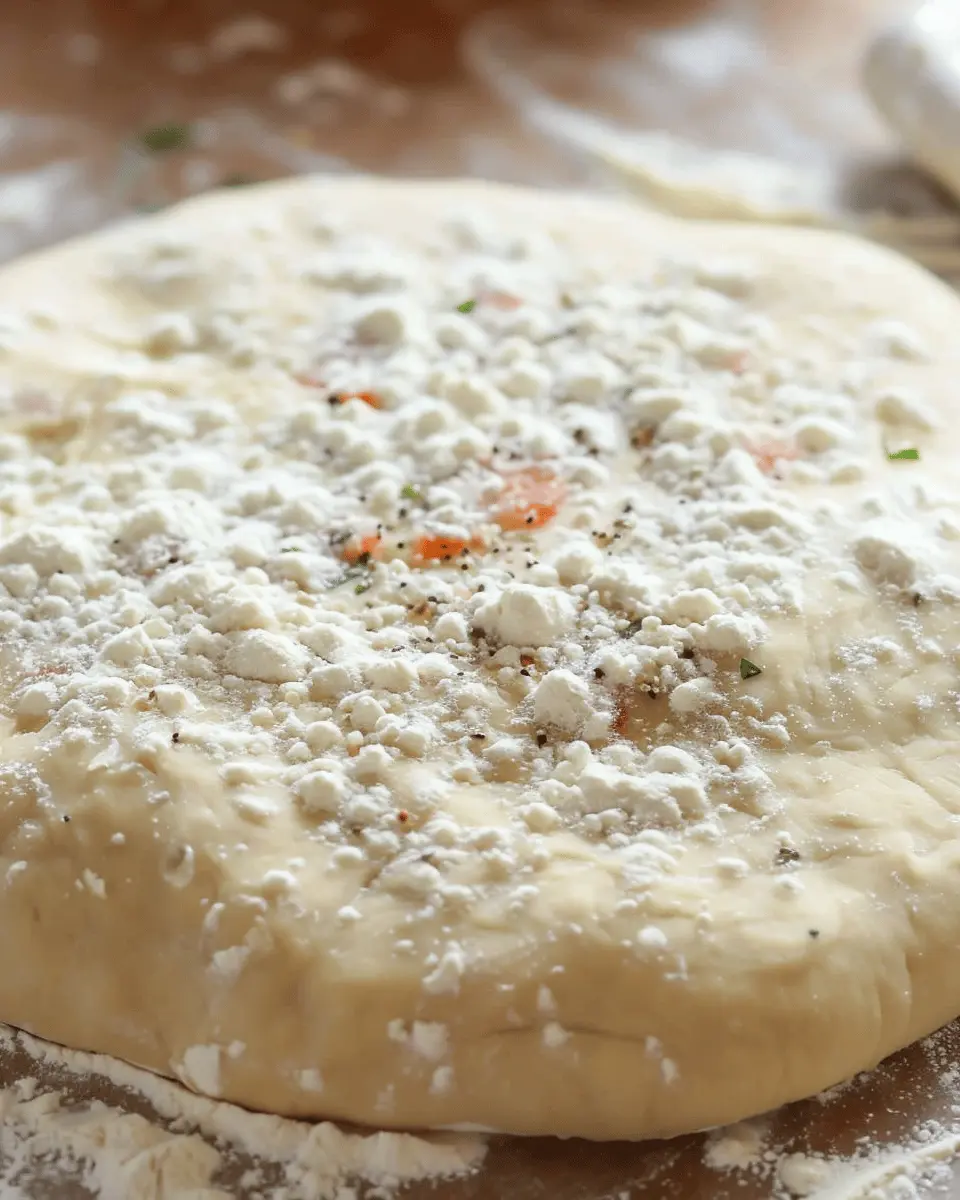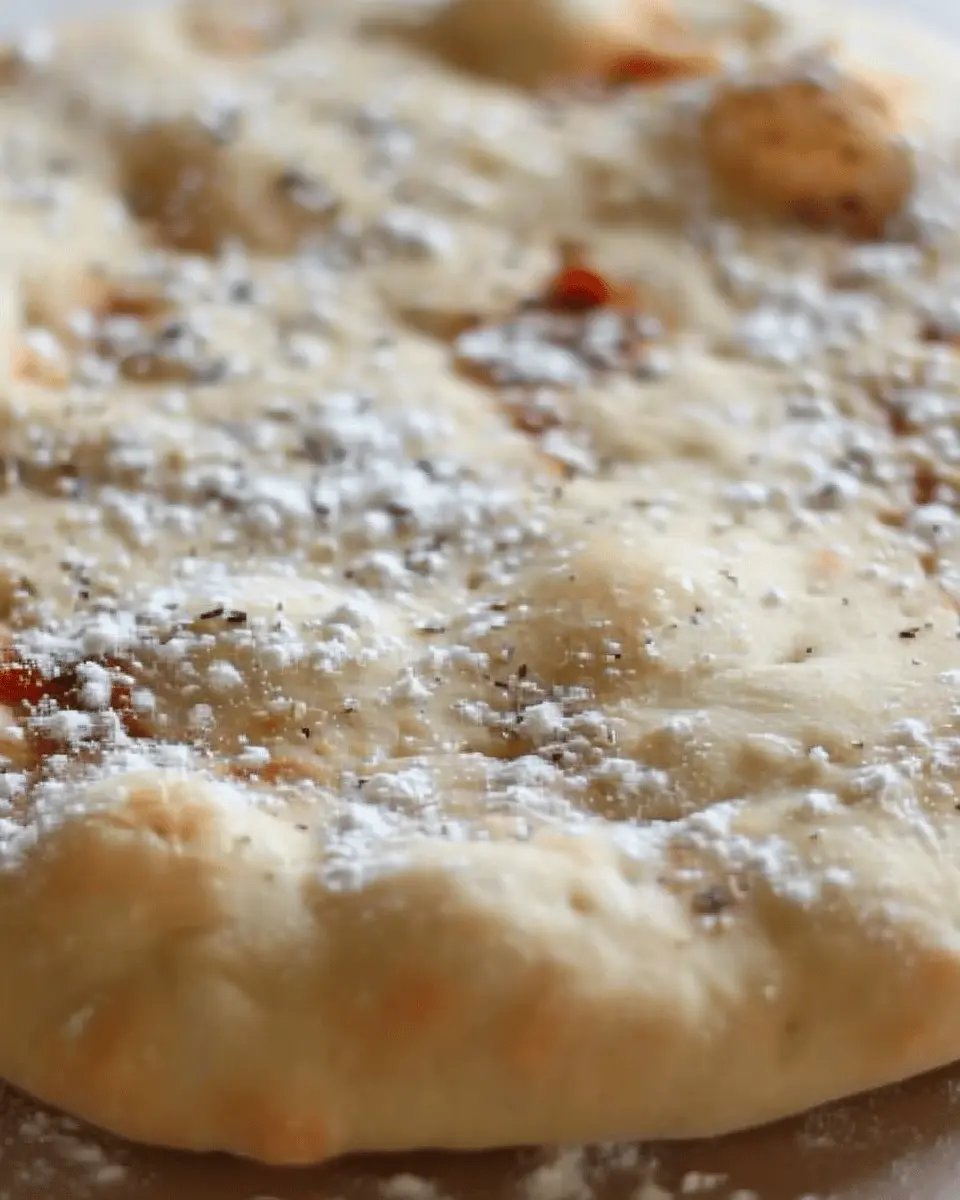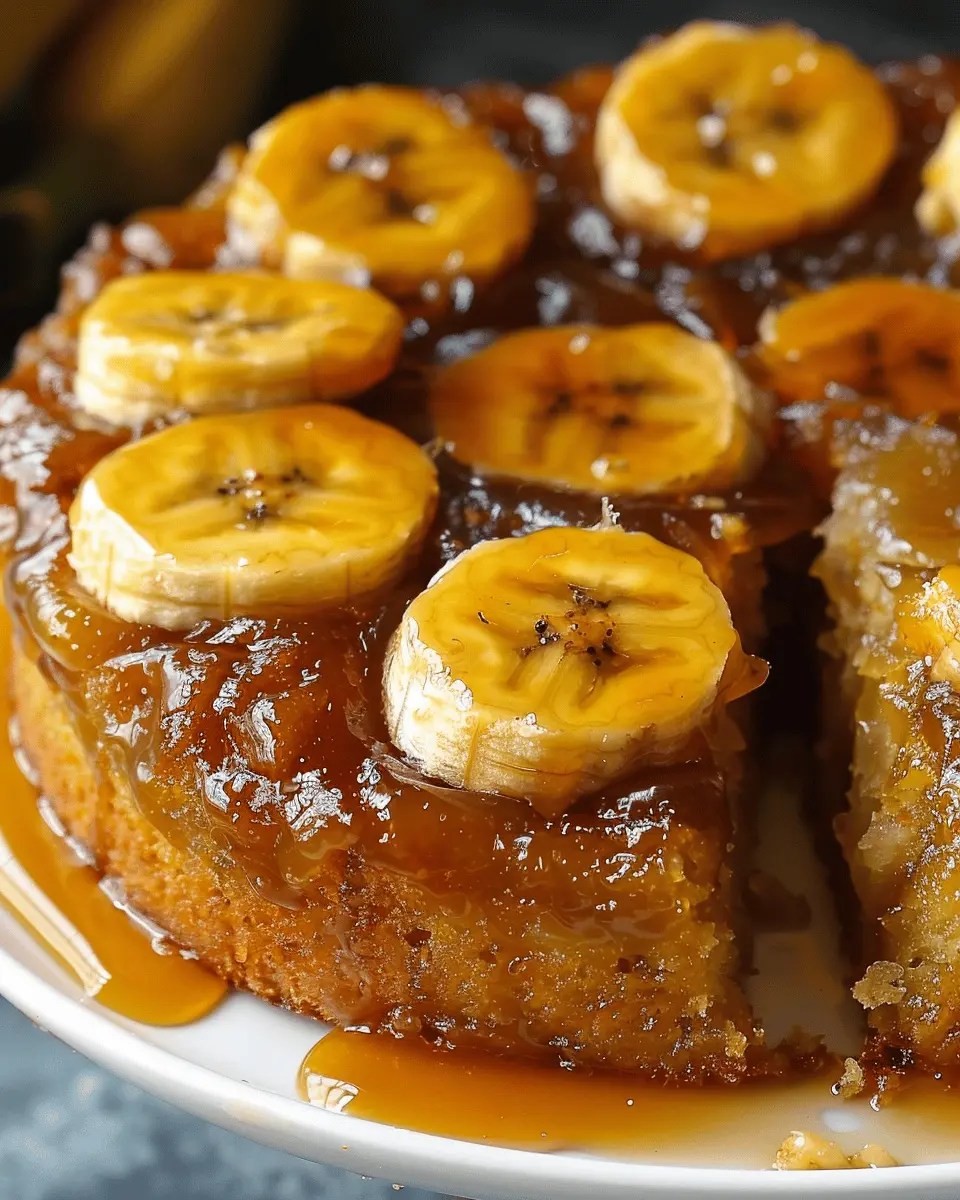Introduction to Food Processor Pizza Dough
Why choose homemade pizza over fast food?
In a world where takeout is just a tap away, have you ever stopped to consider why homemade pizza might be the better choice? First and foremost, it’s about quality and flavor. When you make your own pizza, you have total control over the ingredients. You can opt for fresh vegetables, high-quality cheeses, and wholesome dough, steering clear of preservatives and artificial flavors often found in fast-food options. According to a study by the Harvard T.H. Chan School of Public Health, home-cooked meals tend to be healthier and lower in calories compared to restaurant fare.
Additionally, creating your own pizza is a fun and rewarding experience. Picture this: an evening filled with the aroma of dough baking, laughter from friends or family, and the satisfaction of serving your creation. Homemade pizza not only fills the belly but also cultivates connection and joy.
The convenience of using a food processor
Now, let’s talk about making food processor pizza dough. If you think making dough is too time-consuming, think again! A food processor cuts down your prep time significantly. With just a few pulses, you can blend your ingredients swiftly—no more messy countertops or flour-covered hands.
Here’s what makes a food processor a game changer for dough:
- Speed: The food processor can quickly combine your flour, yeast, and water, creating a smooth dough in mere minutes.
- Consistency: You achieve a uniform texture every time, which is essential for that perfect crust—crispy on the outside and chewy on the inside.
- Less Cleanup: Instead of multiple bowls and utensils, everything is contained within the processor, making the cleaning process a breeze.
For those of us balancing busy work schedules and social lives, the ease and speed of a food processor can make all the difference. Trying your hand at homemade pizza not only allows you to express creativity but also makes it manageable, even on a weeknight.
Ready to dive into the recipe? Let’s unleash your inner pizzaiolo with this simple and delicious food processor pizza dough recipe!

Ingredients for Food Processor Pizza Dough
Essential Ingredients for the Dough
Creating a mouthwatering food processor pizza dough at home is simple when you have the right ingredients. Here’s what you’ll need:
- Flour: All-purpose flour works great, but you can also explore bread flour for that extra doughy texture.
- Yeast: Active dry yeast gives your dough that delightful rise. Fresh yeast can also be used if you prefer.
- Water: Lukewarm water (about 110°F) is perfect for activating the yeast.
- Olive Oil: A splash of olive oil adds flavor and helps keep the dough moist.
- Salt: This is key for flavor and strength in the dough. Don’t skip it!
- Sugar: Just a touch to help activate the yeast and balance flavors.
Recommended Tools for Easy Preparation
Now, while you could make this dough by hand, a food processor makes life so much easier. Here’s what you’ll need:
- Food Processor: Your main tool that will combine everything perfectly in just a few pulses.
- Dough Scraper: Handy for cutting and shaping your dough without mess.
- Mixing Bowl: To let your dough rise after mixing.
- Rolling Pin: Essential for shaping your dough into the perfect pizza base.
Once you have these ingredients and tools, you’re well on your way to creating delicious pizzas from scratch! For more tips on homemade pizza, check out resources from experts like Serious Eats.
Preparing Food Processor Pizza Dough
Making homemade pizza is not only a fun activity, but it’s a great way to enjoy a delicious meal tailored to your tastes. Using a food processor for your pizza dough can cut down on prep time and simplify the process. This section will guide you through the essential steps to prepare your food processor pizza dough seamlessly.
Activate the yeast
Before diving into the dough-making process, you need to wake up your yeast. This is a crucial step because yeast is what helps your dough rise beautifully and gives it that delightful texture. Here’s how to do it:
-
Choose the Right Yeast: You can use active dry yeast or instant yeast. Both work well, but instant yeast doesn’t require activation in warm water.
-
Mix with Water: In a small bowl, combine about 1 cup of warm water (around 110°F). Make sure it’s not too hot; otherwise, it could kill the yeast. Then, sprinkle 2 teaspoons of sugar over the water and add 2 ¼ teaspoons of yeast.
-
Wait for Bubbles: Allow the mixture to sit for about 5–10 minutes until it’s frothy. This indicates that your yeast is active and ready to work its magic.
If you’re looking for more details on yeast activation, you might find this guide helpful!
Combine dry ingredients
While your yeast is activating, grab your food processor and get your dry ingredients ready.
-
Mix the Flour & Salt: In the bowl of your food processor, combine 3 ½ cups of all-purpose flour with 1 teaspoon of salt.
-
Pulse Together: Place the lid on the food processor and pulse the ingredients a few times to mix them evenly. This step ensures that the salt and flour are well combined, leading to a consistent dough.
Mix in wet ingredients
Now that your dry ingredients are ready, it’s time to bring in the wet elements.
-
Add the Yeast Mixture: Once your yeast is frothy, pour it into the food processor over the flour mix.
-
Add Olive Oil: Drizzle in 2 tablespoons of olive oil to add flavor and moisture to your dough.
-
Blend: Secure the lid and process the mixture until it starts to come together in a ball. This usually takes about 30 seconds.
Knead the dough
Even though the food processor does a great job mixing, giving your dough a little extra love is beneficial.
-
Turn out the Dough: Transfer the dough onto a lightly floured surface.
-
Knead by Hand: Knead for about 5-7 minutes, or until the dough feels smooth and elastic. You can also use the food processor to knead, but doing it by hand gives you a chance to connect with your dough.
-
Shape into a Ball: Shape the dough into a ball and place it in a greased bowl. Cover it with a damp cloth to keep it warm and moist.
Let the dough rise
Patience is key! Letting your dough rise allows it to develop flavor and texture.
-
Rising Time: Allow the dough to rise for about 1 to 1.5 hours in a warm place. It should double in size.
-
Check the Dough: After the rising time, poke the dough lightly. If it springs back slowly, it’s ready to be used. If it doesn’t, give it a bit more time.
-
Let It Rest: Even after rising, resting the dough for a few minutes before stretching it out can enhance its elasticity, making it easier to work with.
Using this food processor pizza dough method takes the hassle out of homemade pizza, making it a delightful experience for both seasoned chefs and newbies alike! Whether you want to top your pizza with your favorite cheeses or create a unique blend of veggies and proteins like turkey bacon or chicken ham, this dough is your starting point for a delicious evening.
So, roll up your sleeves — your homemade pizza adventure is just beginning!

Variations on Food Processor Pizza Dough
Creating food processor pizza dough opens up a world of delicious possibilities, allowing you to cater to various dietary preferences and flavor profiles. Let’s explore a couple of fun variations to elevate your pizza game!
Gluten-Free Pizza Dough Options
For those avoiding gluten, don’t fret—making a delicious gluten-free pizza dough is straightforward and satisfying. Replacing traditional flour with a blend of gluten-free flours, like almond flour or brown rice flour, can yield a crisp, chewy crust that everyone will adore. You might also want to explore gluten-free all-purpose flour blends, which often include xanthan gum to help bind the dough.
- Recipe Tip: Start with a 1:1 ratio of gluten-free flour to water, and adjust as necessary. A dash of olive oil can help improve texture and flavor.
Interested in more insights about gluten-free baking? Take a look at this guide to gluten-free flour from King Arthur Baking.
Adding Herbs and Spices for Flavor
Want to jazz up your food processor pizza dough? Consider infusing it with fresh herbs and spices! Adding ingredients like dried oregano, garlic powder, or even a touch of crushed red pepper flakes can elevate the taste. Not only do these flavors complement your toppings, but they also make the crust itself a star.
- Flavor combinations:
- Italian Blend: Mix in basil and oregano for a classic flair.
- Spicy Twist: Use chili powder and cumin for an exciting kick.
A herb-infused dough can transform your pizza into a culinary delight that will impress your friends at your next gathering. Imagine biting into a warm slice where the crust bursts with flavor!
By experimenting with these variations, your homemade food processor pizza dough can cater to everyone’s tastes and dietary needs, ensuring that no one misses out on a delicious slice!
Cooking tips and notes for Food Processor Pizza Dough
Common mistakes to avoid
Making food processor pizza dough can be a breeze, but a few missteps can lead to less-than-perfect results. Here are some common mistakes to steer clear of:
- Overworking the dough: Mix just until combined. Over-kneading makes the crust tough.
- Not measuring ingredients accurately: Use a kitchen scale for precise measurements, especially for flour.
- Ignoring resting time: Allow the dough to rest for at least 30 minutes. This step helps develop flavor and texture.
Storing leftover dough for future use
If you find yourself with extra food processor pizza dough, don’t toss it! Proper storage can extend its life:
- Refrigeration: Wrap the dough tightly in plastic wrap and store it in the fridge for up to three days.
- Freezing: For longer storage, freeze the wrapped dough in an airtight container. It can last for up to three months. Just remember to thaw it in the fridge overnight before using.
Experimenting with pizza can be so much fun. Try different toppings or even make mini pizzas for a fun night in! For more tips and recipes, check out resources like Serious Eats or America’s Test Kitchen.

Serving suggestions for Food Processor Pizza Dough
Whether you’re hosting friends for a casual dinner or enjoying a cozy night in, food processor pizza dough serves as the perfect base for your culinary creativity. Let’s explore how to top your pizza perfectly.
Classic pizza toppings
Start with the classics! For a tried-and-true favorite, keep it simple with:
- Tomato sauce: Spread a thin layer of your favorite marinara or homemade sauce.
- Cheese: Go for mozzarella for that gooey texture, or try a blend including provolone and parmesan.
- Pepperoni: A classic choice, but opt for turkey bacon for a leaner twist.
- Vegetables: Bell peppers, onions, and mushrooms add great flavor and texture.
Creative pizza combinations
Feeling adventurous? Elevate your food processor pizza dough with unique toppings:
- Mediterranean Delight: Top with feta, olives, sun-dried tomatoes, and spinach.
- BBQ Chicken: Swap out traditional sauce for barbecue sauce, then add chicken ham, red onions, and cilantro.
- Breakfast Pizza: Use scrambled eggs as a base, topped with turkey bacon, spinach, and cheddar.
Experimenting with different flavors makes each pizza a new experience! For more inspiration, check out Food Network’s top pizza toppings. Enjoy crafting your perfect slice!
Time breakdown for Food Processor Pizza Dough
Preparation time
Making your food processor pizza dough is a breeze! You’ll only need about 10 minutes to combine the ingredients and let the machine do its work. Gather your flour, yeast, salt, and water, and watch how quickly it all comes together.
Rising time
Patience is key when it comes to rising time. Once your dough is formed, you’ll want to let it rise for about 1 hour. This step is crucial for developing flavor and achieving that perfect, airy texture. If you’re short on time, a warm draft-free spot in your kitchen can speed things up a bit.
Total time
In total, you’re looking at roughly 1 hour and 10 minutes from start to preparation. Just think—within this short span, you’ll have homemade pizza dough ready for your favorite toppings! For more tips on making the ultimate pizza, check out sources like Serious Eats or Bon Appétit.
Nutritional facts for Food Processor Pizza Dough
When you whip up a batch of food processor pizza dough, you’re not just kicking off a fantastic meal but also creating a nutritionally balanced foundation for all your favorite toppings. Let’s break down the nutritional facts so you can enjoy with peace of mind.
Caloric Content
A typical serving of this food processor pizza dough contains roughly 150–200 calories. This can vary based on portion size and any additional ingredients you choose to incorporate. It’s a wholesome starting point for those who want to enjoy pizza without the guilt.
Macronutrient Breakdown
- Carbohydrates: Approximately 30g per serving, providing the essential energy you need for the day.
- Protein: Around 5g, significant for muscle repair and building, especially if you’re active.
- Fat: About 3g, especially healthy fats if you drizzle with olive oil before baking.
By using whole grain flours or even gluten-free options, you can boost the fiber content! Check out more about the importance of whole grains from sources like the Whole Grains Council here.
Now that you’re familiar with the basic nutritional facts, it’s easier to customize your pizza in a way that suits your health goals. Want to elevate it even further? Try topping it with fresh veggies or lean proteins like turkey bacon or chicken ham!
FAQs about Food Processor Pizza Dough
Why should I use a food processor for pizza dough?
Using a food processor for pizza dough is a game changer for busy professionals. It dramatically cuts down on prep time and makes the dough-making process so easy! The machine takes care of mixing and kneading, which can be tiring by hand. Plus, the consistent mixing results in a smoother dough and helps to develop the gluten better, leading to a chewier crust. If you’re curious about other kitchen gadgets that can save time, check out this Food Network guide.
How can I tell if my dough has risen enough?
The key to a perfectly risen dough is patience. After you’ve let your dough rest for the recommended time, look for these signs:
- Size: The dough should have approximately doubled in size.
- Poke test: Gently poke the dough with your finger; if the indentation springs back slowly or not at all, it’s ready!
If you’re ever in doubt, remember that the perfect dough will yield a light and airy crust once baked!
Can I freeze my pizza dough?
Absolutely! Freezing your food processor pizza dough is a fantastic way to meal prep. After the first rise, you can wrap the dough tightly in plastic wrap and place it in an airtight container. It can last in the freezer for up to three months. When you’re ready to use it, just let it thaw in the fridge overnight or at room temperature for a couple of hours. This ensures you always have fresh dough on hand for those spontaneous pizza nights!
If you’re looking for more tips on freezing dough, you can find a wealth of information at King Arthur Baking.
Conclusion on Food Processor Pizza Dough
Creating your own food processor pizza dough transforms pizza night from a hurried takeaway into a delightful culinary experience. Not only do homemade pizzas allow you to control the ingredients—reducing preservatives and unhealthy additives—but they also offer endless customization options.
Picture this: you can top your pizza with fresh veggies, savory turkey bacon, or spicy chicken ham for a flavor burst tailored just for you. Plus, making dough in a food processor cuts down prep time, perfect for busy weeknights. Embrace the joy of homemade pizza and indulge in your creativity with each slice!
For more tips on pizza-making, check out sources like Serious Eats and BBC Good Food.
PrintFood Processor Pizza Dough: Easy Homemade Delight for All
Make delicious homemade pizza dough effortlessly with a food processor.
- Prep Time: 10 minutes
- Cook Time: 12 minutes
- Total Time: 1 hour 22 minutes
- Yield: 2 pizza crusts 1x
- Category: Pizza
- Method: Food Processor
- Cuisine: Italian
- Diet: Vegetarian
Ingredients
- 2 cups all-purpose flour
- 1 teaspoon salt
- 1 teaspoon sugar
- 1 packet active dry yeast
- 3/4 cup warm water
- 2 tablespoons olive oil
Instructions
- Combine warm water, sugar, and yeast in a bowl. Let it sit for 5 minutes.
- In a food processor, combine flour and salt.
- Add the yeast mixture and olive oil to the food processor.
- Pulse until the dough forms a ball.
- Transfer to a floured surface and knead for a few minutes.
- Let the dough rise in a warm place for about 1 hour.
- Roll out the dough and add your favorite toppings.
Notes
- For a chewier crust, let the dough rise longer.
- Feel free to add herbs to the dough for extra flavor.
Nutrition
- Serving Size: 1 slice
- Calories: 200
- Sugar: 1g
- Sodium: 300mg
- Fat: 7g
- Saturated Fat: 1g
- Unsaturated Fat: 5g
- Trans Fat: 0g
- Carbohydrates: 30g
- Fiber: 2g
- Protein: 6g
- Cholesterol: 0mg
Keywords: Food Processor Pizza Dough













